What are the advantages of cylindrical roller bearings?
Cylindrical roller bearings are a crucial component in various industrial applications, offering numerous advantages that make them indispensable in modern machinery. These bearings are designed to handle high radial loads and moderate speeds, making them ideal for a wide range of applications. Their unique structure, consisting of cylindrical rollers between an inner and outer ring, allows for efficient load distribution and reduced friction, resulting in improved performance and longevity of mechanical systems.
What are the key features of four-row cylindrical roller bearings?

Four-row cylindrical roller bearings are a specialized type of cylindrical roller bearing that offers exceptional load-carrying capacity and stability. These bearings are designed with four rows of cylindrical rollers, arranged in a specific configuration to maximize their performance in demanding applications. The key features of four-row cylindrical roller bearings include:
High load capacity: The four-row design allows these bearings to handle significantly higher radial loads compared to single or double-row bearings. This makes them ideal for heavy-duty applications in industries such as steel mills, mining equipment, and large industrial machinery.
Enhanced stability: The arrangement of four rows of rollers provides superior stability, reducing vibration and ensuring smooth operation even under extreme conditions. This stability is crucial in applications where precision and reliability are paramount.
Compact design: Despite their high load-carrying capacity, four-row cylindrical roller bearings maintain a relatively compact design. This allows for space-efficient solutions in machinery where size constraints are a concern.
Improved load distribution: The four-row configuration enables more even distribution of loads across the bearing, reducing stress on individual components and extending the overall lifespan of the bearing.
Versatility: These bearings can accommodate both radial and some axial loads, making them suitable for a variety of applications where combined loading conditions are present.
High-speed capability: While primarily designed for high load capacity, four-row cylindrical roller bearings can also operate at relatively high speeds, making them versatile components in various industrial settings.
The unique features of four-row cylindrical roller bearings make them invaluable in applications where extreme loads, stability, and reliability are essential. Their ability to handle heavy radial loads while maintaining precision and smooth operation has made them a preferred choice in industries ranging from heavy machinery to renewable energy systems.
How do cylindrical roller bearings contribute to energy efficiency?
Cylindrical roller bearings play a significant role in enhancing energy efficiency across various industrial applications. Their design and operational characteristics contribute to reduced energy consumption and improved overall system performance. Here's how cylindrical roller bearings contribute to energy efficiency:
Low friction design: The cylindrical shape of the rollers and their linear contact with the raceways result in significantly lower friction compared to other bearing types. This reduced friction translates directly into lower energy consumption, as less power is required to overcome resistance within the bearing.
Efficient load distribution: Cylindrical roller bearings distribute loads evenly across their length, minimizing stress concentrations and reducing internal heat generation. This efficient load distribution not only extends the bearing's lifespan but also reduces energy losses associated with heat generation.
Improved lubrication effectiveness: The design of cylindrical roller bearings allows for more effective lubrication, creating a thin film between the rollers and raceways. This optimized lubrication further reduces friction and wear, contributing to energy savings over the long term.
High-speed capability: Many cylindrical roller bearings are designed to operate at high speeds with minimal energy loss. This makes them ideal for applications in industries such as renewable energy, where maximizing efficiency is crucial.
Reduced maintenance requirements: The robust design and efficient operation of four-row cylindrical roller bearings often result in reduced maintenance needs. This indirectly contributes to energy efficiency by minimizing downtime and the energy consumed during maintenance procedures.
Temperature stability: Cylindrical roller bearings typically operate at lower temperatures compared to some other bearing types. This temperature stability reduces energy losses through heat dissipation and can contribute to the overall efficiency of the system.
Precision operation: The high precision and stability offered by cylindrical roller bearings ensure that machinery operates smoothly and efficiently. This precision reduces energy waste caused by misalignment or vibration in less precise bearing systems.
In industries where energy efficiency is a critical concern, such as manufacturing, power generation, and transportation, the use of cylindrical roller bearings can lead to significant energy savings. For example, in wind turbines, where efficiency is paramount, cylindrical roller bearings are often used in the gearbox and main shaft to minimize energy losses and maximize power output.
Moreover, the energy efficiency benefits of cylindrical roller bearings extend beyond direct power savings. By reducing friction and wear, these bearings contribute to the longevity of machinery, reducing the need for frequent replacements and the associated energy costs of manufacturing and installing new components.
As industries worldwide focus on reducing their carbon footprint and improving sustainability, the role of energy-efficient components like cylindrical roller bearings becomes increasingly important. Their ability to reduce energy consumption while improving performance makes them a key element in the design of modern, eco-friendly industrial systems.
What are the maintenance requirements for cylindrical roller bearings?
Proper maintenance of four-row cylindrical roller bearings is crucial for ensuring their longevity, optimal performance, and continued contribution to energy efficiency. While these bearings are designed for durability and reliability, regular maintenance is essential to prevent premature failure and maintain their efficiency. Here are the key maintenance requirements for cylindrical roller bearings:
Regular lubrication: Proper lubrication is perhaps the most critical aspect of cylindrical roller bearing maintenance. The frequency and type of lubrication depend on the application, operating conditions, and bearing design. Some key points to consider include:
Use the correct type of lubricant as specified by the manufacturer.
Adhere to recommended lubrication intervals, which may vary based on operating conditions.
Avoid over-lubrication, which can lead to increased friction and heat generation.
For high-speed applications, consider oil lubrication systems for more effective cooling and lubrication.
Monitoring and inspection: Regular monitoring of bearing performance and periodic inspections are essential for identifying potential issues before they escalate. This includes:
Monitoring vibration levels, which can indicate misalignment or wear.
Checking operating temperatures to ensure they remain within specified limits.
Visual inspections for signs of wear, contamination, or damage when possible.
Analyzing lubricant samples to detect metal particles that might indicate wear or damage.
Cleanliness and contamination control: Protecting cylindrical roller bearings from contamination is crucial for maintaining their efficiency and extending their lifespan:
Ensure proper sealing to prevent the ingress of contaminants.
Use clean tools and work areas when handling or servicing bearings.
Implement filtration systems for lubrication oil to remove particles and debris.
Regularly clean or replace air filters in the equipment housing to reduce airborne contamination.
Proper installation and alignment: While not a recurring maintenance task, ensuring proper installation and alignment is critical for the long-term performance of four-row cylindrical roller bearings:
Use appropriate tools and techniques for installation to avoid damage.
Ensure correct alignment to prevent uneven load distribution and premature wear.
Periodically check and adjust alignment, especially in applications subject to vibration or thermal expansion.
Temperature management: Monitoring and managing operating temperatures is essential for preventing bearing damage:
Implement cooling systems if required by the application.
Monitor ambient temperatures and adjust lubrication or cooling as needed.
Address any unusual temperature increases promptly, as they may indicate problems with lubrication or alignment.
Scheduled replacements: Even with proper maintenance, cylindrical roller bearings have a finite lifespan:
Develop a replacement schedule based on the manufacturer's recommendations and operational experience.
Consider predictive maintenance techniques, such as vibration analysis or oil analysis, to optimize replacement timing.
Keep spare bearings on hand for critical applications to minimize downtime during replacements.
Implementing a comprehensive maintenance program for cylindrical roller bearings not only ensures their longevity but also maintains their contribution to energy efficiency and overall system performance. By following these maintenance requirements, industries can maximize the benefits of cylindrical roller bearings, reducing downtime, energy consumption, and operational costs.
It's important to note that specific maintenance requirements may vary depending on the application, environment, and bearing design. Always consult the manufacturer's guidelines and consider the unique aspects of your application when developing a maintenance strategy for four-row cylindrical roller bearings.
Luoyang Huigong Bearing Technology Co., Ltd. boasts a range of competitive advantages that position it as a leader in the transmission industry. Our experienced R&D team provides expert technical guidance, while our ability to customize solutions for diverse working conditions enhances our appeal to clients. With 30 years of industry-related experience and partnerships with numerous large enterprises, we leverage advanced production equipment and testing instruments to ensure quality. Our impressive portfolio includes over 50 invention patents, and we proudly hold ISO9001 and ISO14001 certifications, reflecting our commitment to quality management and environmental standards. Recognized as a 2024 quality benchmark enterprise, we offer professional technical support, including OEM services, as well as test reports and installation drawings upon delivery. Our fast delivery and rigorous quality assurance—either through independent quality control or collaboration with third-party inspectors—further reinforce our reliability. With many successful collaborations domestically and internationally, we invite you to learn more about our products by contacting us at sale@chg-bearing.com or calling our hotline at +86-0379-65793878.
References
SKF Group. (2021). Cylindrical roller bearings.
Timken Company. (2022). Cylindrical Roller Bearing Catalog.
NSK Ltd. (2020). Roller Bearings.
Schaeffler Group. (2021). Cylindrical roller bearings.
NTN Corporation. (2022). Cylindrical Roller Bearings.
Kaydon Bearings. (2021). Cylindrical Roller Bearings.
American Bearing Manufacturers Association. (2022). Bearing Types.
Koyo Bearings. (2021). Cylindrical Roller Bearings.
FAG Bearings. (2022). Cylindrical Roller Bearings.
SKF Group. (2020). Bearing maintenance handbook.
YOU MAY LIKE
-
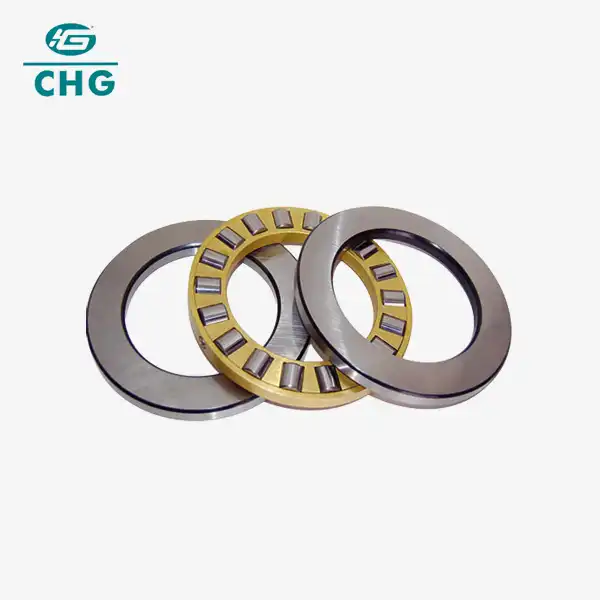 VIEW MORECylindrical Roller Thrust Bearings
VIEW MORECylindrical Roller Thrust Bearings -
 VIEW MOREHigh Speed Tapered Roller Bearings
VIEW MOREHigh Speed Tapered Roller Bearings -
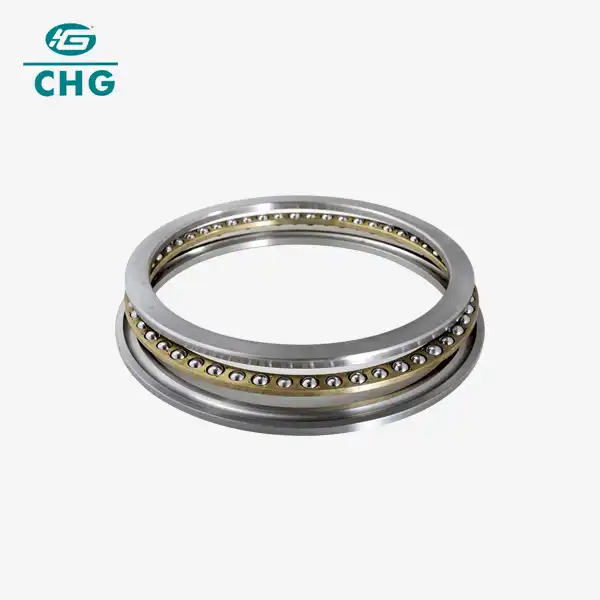 VIEW MORESingle-Direction Angular Contact Thrust Ball Bearing
VIEW MORESingle-Direction Angular Contact Thrust Ball Bearing -
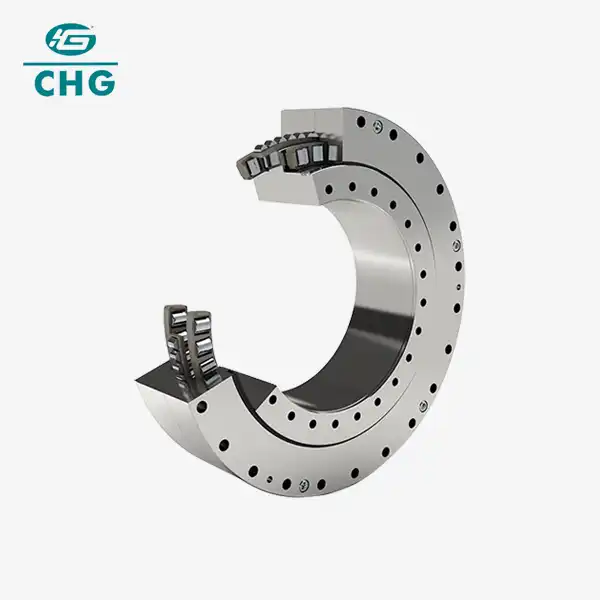 VIEW MOREThree Row Roller Slewing Bearing
VIEW MOREThree Row Roller Slewing Bearing -
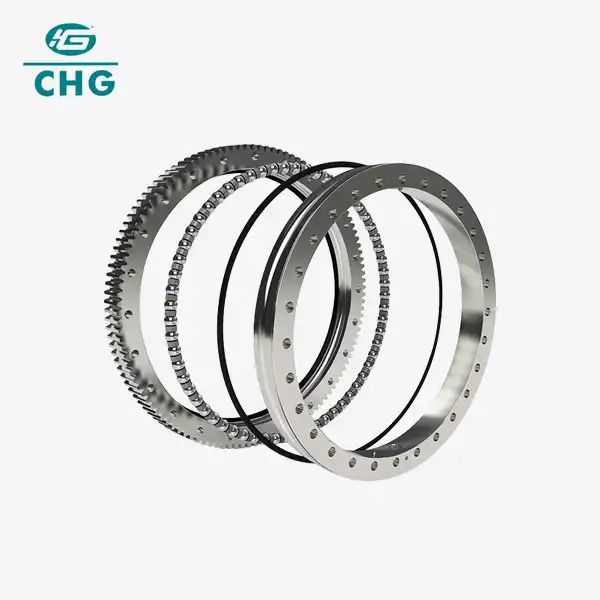 VIEW MORESingle Row Ball Slewing Bearing
VIEW MORESingle Row Ball Slewing Bearing -
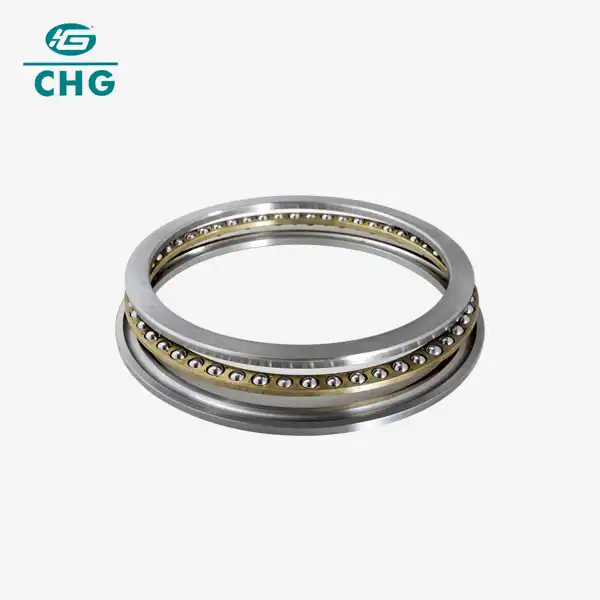 VIEW MORESingle Direction Thrust Ball Bearing
VIEW MORESingle Direction Thrust Ball Bearing -
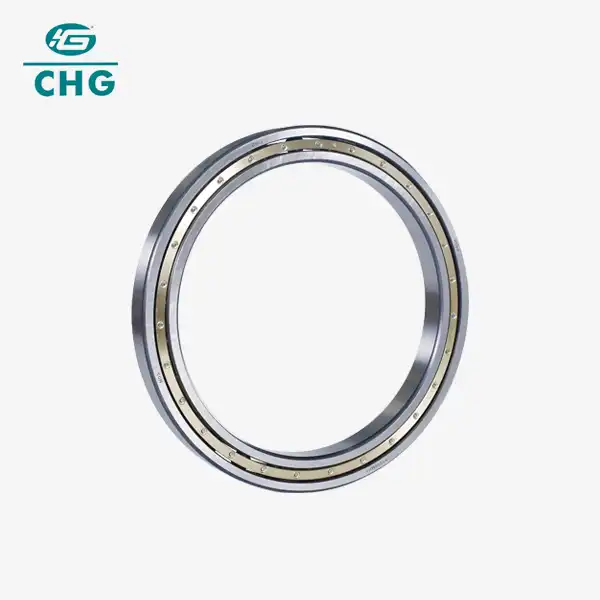 VIEW MOREPrecision Deep Groove Ball Bearings
VIEW MOREPrecision Deep Groove Ball Bearings -
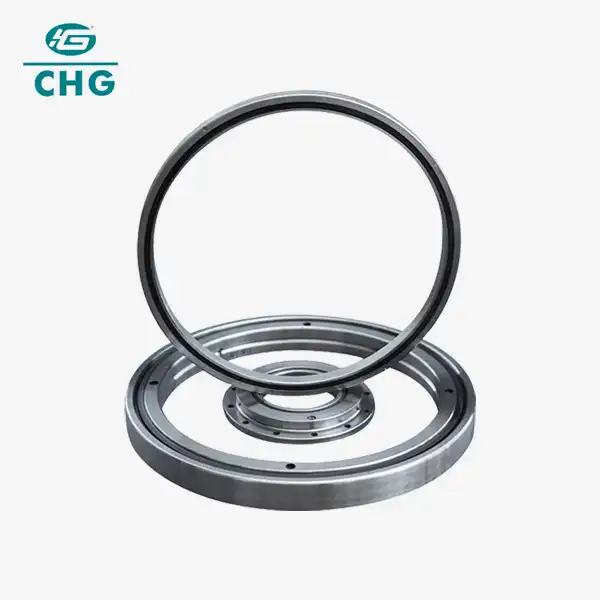 VIEW MORERAU Crossed Roller Bearings
VIEW MORERAU Crossed Roller Bearings

